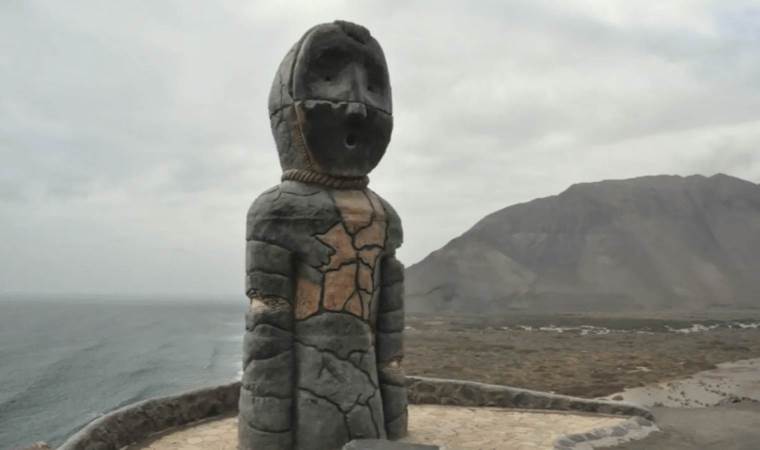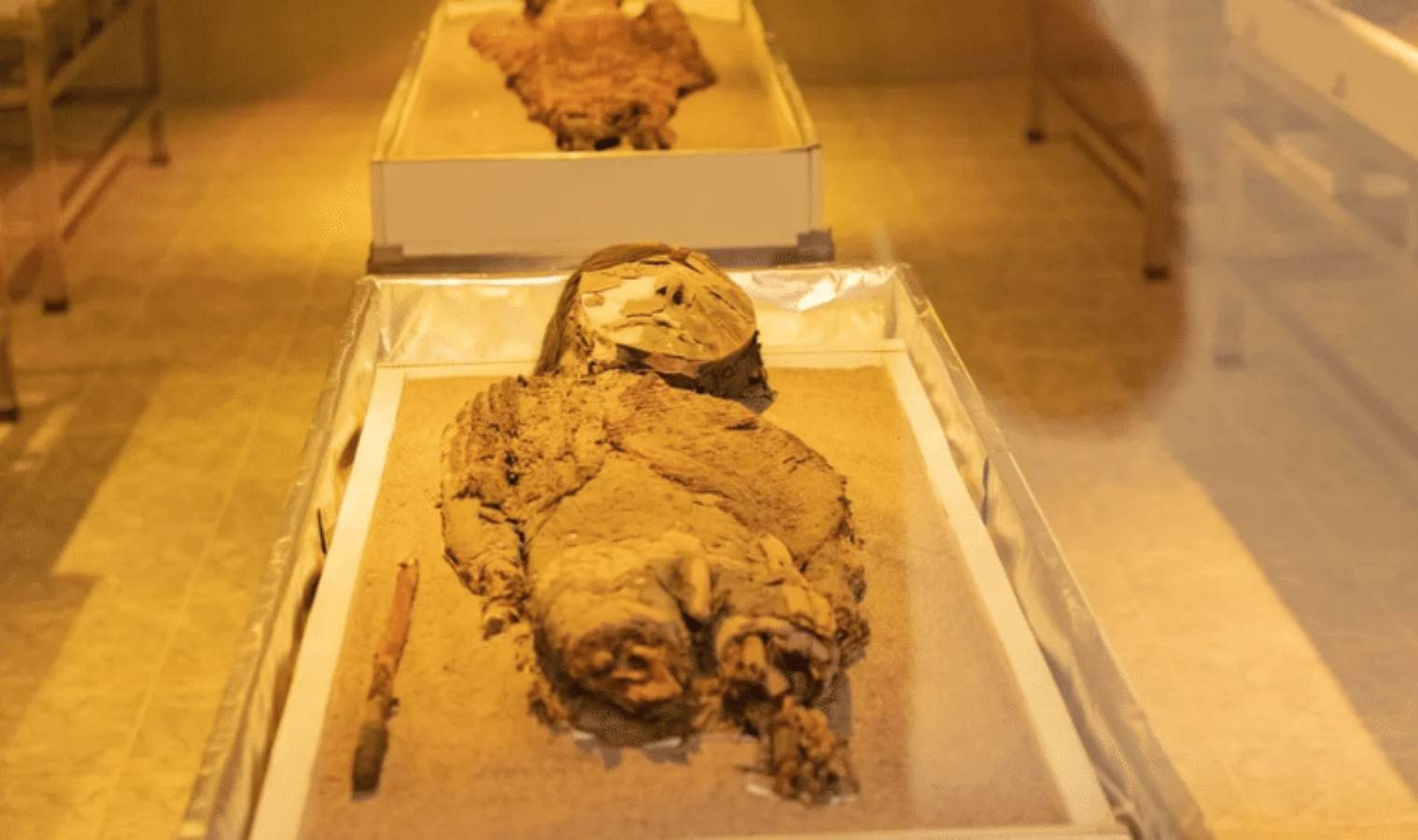Chile's ancient mummies: Older than Egypt's
When you think of mummies, Egyptian pharaohs likely come to mind. But the oldest mummies in the world are not Egyptian

The Chinchorro, ancient marine hunter-gatherers, settled in northern Chile and southern Peru around 5450 BCE, initiating a unique burial practice of mummifying their dead in the desert sands.
These ancient cemeteries, now UNESCO World Heritage Sites, offer valuable archaeological insights into Chinchorro culture, societal structures, and burial customs. Unlike the Egyptians, who reserved mummification for elites, the Chinchorro practiced it universally.
The Chinchorro mummification process differed from the Egyptian method. After removing the skin and organs, the body's cavities were dried, and the skin sewn back on. Elaborate materials like reeds, sea lion skins, and alpaca wool adorned the bodies, with clay masks covering their faces, and human hair wigs added before burial in the arid desert.

The first Chinchorro mummy was documented in 1917 by archaeologist Max Uhle, but it was only with the advent of carbon dating techniques that their age could be accurately determined. Since then, hundreds of mummies have been discovered, often unearthed by natural erosion or accidental discovery.
In Arica, northern Chile, where many mummies are found, locals consider them part of their heritage and feel responsible for their preservation. However, climate change poses a threat, as abnormal weather events expose graves, risking the mummies' conservation.
Bernardo Arriaza, a Chinchorro expert, notes the challenges museums face in preserving these mummies, exacerbated by changing climate conditions. Efforts to construct a climate-controlled museum near Arica aim to safeguard these invaluable artifacts, worth around $19 million, from further deterioration.
Most Read News
-
 US State Department funding bill to send $3.3B to Israel
US State Department funding bill to send $3.3B to Israel
-
 Storm kills 5 Palestinians in Gaza as damaged structures
Storm kills 5 Palestinians in Gaza as damaged structures
-
 Israel calls Ethiopia ‘long-term strategic partner,’ see
Israel calls Ethiopia ‘long-term strategic partner,’ see
-
 US warns Americans: 'Leave Iran now'
US warns Americans: 'Leave Iran now'
-
 Israeli parliament advances bill to impose death penalty
Israeli parliament advances bill to impose death penalty
-
 Iran accuses US, Israel of sending ISIS members to carry
Iran accuses US, Israel of sending ISIS members to carry
-
 SDF destroys strategic bridge in Syria’s northern Aleppo
SDF destroys strategic bridge in Syria’s northern Aleppo







